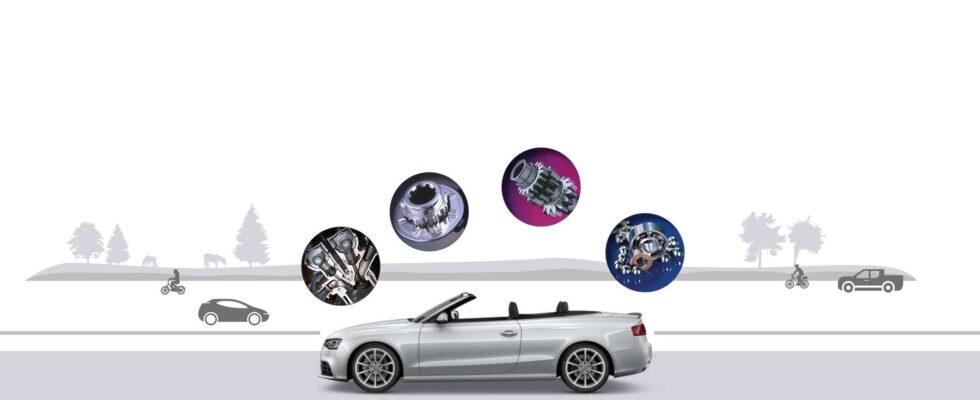 There are several significant Google updates, each affecting different aspects of your website. The first one was the Page Layout algorithm, released in January 2012. The algorithm was aimed at web sites with a lot of advertising above the fold. Google did not announce the changes publicly, but several webmasters reported big fluctuations during this time. Other updates have been made, such as the introduction of Freshbot and Deepcrawler bots, which crawl the web. The Cassandra update, introduced in July 2013, changed Google’s backlink tracking system. It was aimed at detecting low-quality backlinks, including the use of secret text and massive linking from co-domains.
There are several significant Google updates, each affecting different aspects of your website. The first one was the Page Layout algorithm, released in January 2012. The algorithm was aimed at web sites with a lot of advertising above the fold. Google did not announce the changes publicly, but several webmasters reported big fluctuations during this time. Other updates have been made, such as the introduction of Freshbot and Deepcrawler bots, which crawl the web. The Cassandra update, introduced in July 2013, changed Google’s backlink tracking system. It was aimed at detecting low-quality backlinks, including the use of secret text and massive linking from co-domains.
Throughout the google updates history, Google has made several updates to its algorithm to make it more relevant to the searcher and improve its user experience. In addition to this, it has made a number of changes that have reduced the effectiveness of keyword stuffing and improved the relevance of search results. Hopefully, these changes will result in a more user-friendly Google experience for everyone.
Google’s Penguin update is another major update. It changed the way search results are displayed in Google. Previously, users could see 10 listings on each page, but the Penguin update changed this to seven. The update affected fewer than 1% of queries in the English language. It was also designed to help copyright owners.
However, the update to the Penguin algorithm was widely acknowledged by the search engine, despite the fact that it only affected a fraction of one percent of all queries worldwide. It not only simplified the page layout, but it also focused on the advertisements that appeared above the fold. In this way, Google was trying to make search experiences faster and more efficient. Because of this, the authorship results were 15% lower than before. However, some websites suffered from Penguin and saw some recovery.
The next Google update introduced a new system for generating page titles. The new title tags were based on information from anchor text and tags. This generated titles that did not adequately reflect the content of the pages. The rollout of the update took about a week and a half and was designed to enhance the user’s ability to perform a search. It also changed the way Google indexed and processed webpages.
The second set of Google updates introduced in November included refinements associated with search queries, domain detection, and a revised blog search and image search. While these improvements affected less than 1% of inquiries, they made major changes to the way it ranks webpages. In addition, a new algorithm was implemented, which modified how Google restricts low-quality matches in its search results. The amount of newly published content on websites was also negatively impacted as a result of the changes.
On Twitter, Google made the announcement of the Panda change, which affected 1.6% of all inquiries. The update impacted pages that have too many advertisements above the fold. Google then rolled out a series of updates aimed at improving page layout. In addition, the new algorithm penalises websites with excessive ads above the fold.

